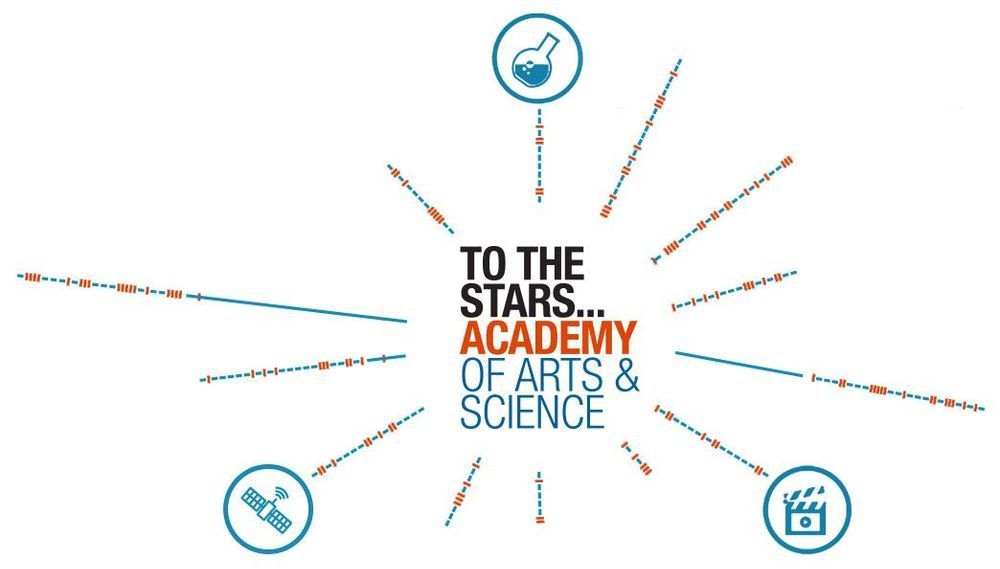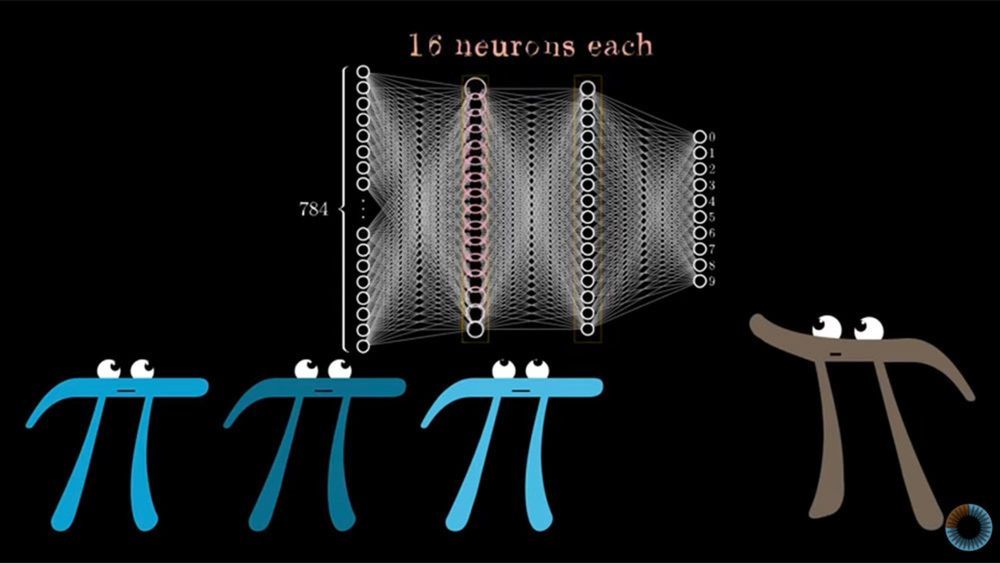We are working to achieve our mission via an entertainment, science and aerospace consortium that engages with global citizens to investigate the outer edges of science and unconventional thinking in order to push human knowledge and ultimately, our collective capability forward.

Thanks to the support of the investors from our first offering, we have built a solid foundation for To The Stars Academy of Arts & Science and look forward to accepting new investors on our journey to propel the company’s three divisions forward.





